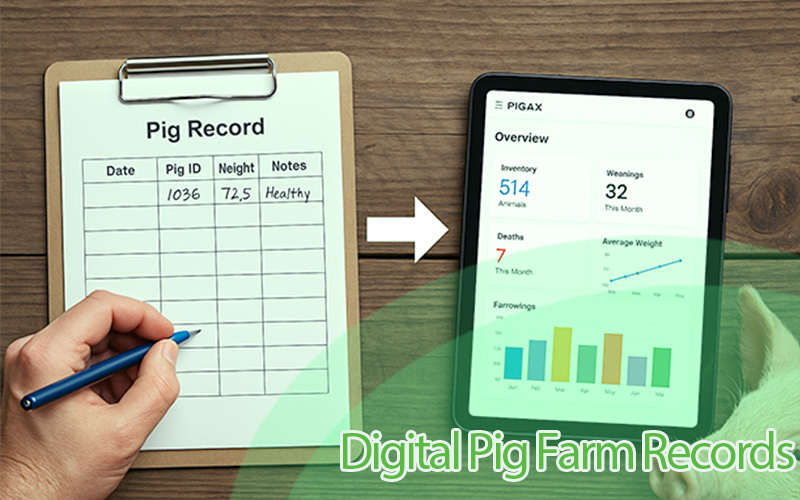How temperature regulation can boost the growth and performance of pigs
The effect of temperature on pigs' growth is not a topic for debate. Temperature plays a critical role in the growth and overall health of pigs. By maintaining optimal temperatures and taking steps to prevent heat and cold stress, pig producers can ensure that their animals are able to grow and thrive. Pig growth is greatly affected by temperature because they have a limited ability to regulate their body temperature.
Pigs are highly sensitive to changes in temperature, and the impact of temperature on pig growth can be significant.
Best Temperature for Pigs
In general, pigs are comfortable at temperatures between 20-25°C (68-77°F) and can tolerate temperatures up to 30°C (86°F). However, when temperatures exceed this range, pig growth can be negatively affected. It is therefore important for pig farmers to know how the different extreme temperatures affect their products.
How high Temperature affects the growth of Pigs
One of the main ways in which high temperature affects pig growth is through its impact on feed intake. Pigs have a high metabolic rate and require a constant supply of energy to support their growth and development but at high temperatures, pigs experience heat stress, which can lead to appetite loss, reduced feed intake, decreased growth rates, and reduced overall performance. Heat stress can also increase the risk of illness and death in pigs, especially for young piglets.
To prevent heat stress, it is important to provide pigs with adequate ventilation and cooling systems, such as fans and sprinklers, to help regulate body temperature.
How low Temperature affects the Growth of Pigs
On the other hand, low temperatures can also have a negative impact on pig growth. When temperatures drop below the optimal range, pigs can experience cold stress, which can lead to decreased feed intake and reduced growth rates. Cold stress can also increase the risk of illness, particularly respiratory infections. To prevent cold stress, it is important to provide pigs with warm, well-ventilated housing and to maintain a consistent temperature.
How to regulate the temperature of Pigs
- Ventilation: Proper ventilation is essential in regulating temperature on pig farms. It helps to remove moisture, gases, and excess heat from the barns, thus improving the quality of the air and keeping the pigs comfortable. Farmers can use natural ventilation, which involves using open windows and doors, or mechanical ventilation, which uses fans and air conditioning units to regulate airflow.
- Heat lamps: In colder months, farmers can use heat lamps to provide warmth to the pigs. Heat lamps are designed to provide warmth while still being safe for the pigs. They can be placed in specific areas of the barn where the temperature is lowest or where piglets are kept.
- Cooling systems: In warmer months, farmers can install cooling systems, such as sprinklers or misters, to help cool the pigs. These systems can be set to a timer or controlled remotely to provide an optimal environment for the animals.
- Bedding: The type and amount of bedding used in the pig pens can also affect the temperature regulation in the barn. Farmers can use different types of bedding, such as straw or wood shavings, to help insulate the pens and keep the pigs warm in colder weather. In warmer months, farmers can use less bedding to prevent overheating.
- Pig housing design: The design of pig housing can also play a role in temperature regulation. For example, barns can be designed with adjustable curtains or vents that can be opened or closed to control the airflow and temperature. Additionally, farmers can use insulated walls, roofs, and floors to help maintain a stable temperature inside the barn.
In conclusion, it is important for pig producers to maintain optimal temperatures in the pig pens to ensure that their animals are able to grow and thrive. This may involve the use of ventilation and cooling systems to regulate temperature and prevent heat stress, as well as the use of heating systems to prevent cold stress. By carefully managing the temperature in the pig environment, pig farmers can help to optimize pig growth and performance.




